James Lawler
Viewing 24 of 163 Podcast Episodes


Climate Now: Jun 5, 2023
What could climate instability mean to you?
Since humans began settling down and building civilizations 10,000 years ago, the Earth’s climate has been relatively stable. But before that, the climate was more unstable – unpredictable – and humans were nomads, forced to follow the good c


Climate Now: May 29, 2023
Episode 100: How to talk about climate change
A 2022 study by Yale University found that two thirds of Americans (67%) rarely or never talk about climate change, and rarely or never hear people they know talking about it either. Despite the existential threat that it poses, one third of Americans (32%)
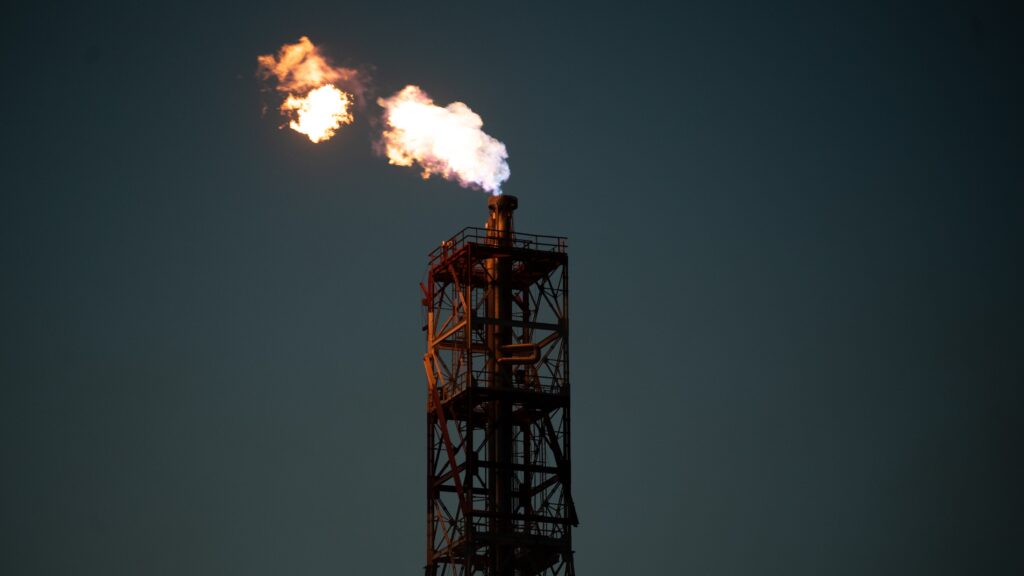

Climate Now: May 23, 2023
The evidence for peak fossil electricity
In 1909, headlines declared the U.S. would run out of petroleum by 1940. In 1945, the estimate was that the U.S. had 13 more years of petroleum reserves left. In 1966, we only had 10 more years before the “figurative dipstick in the United States’ oil sup


Climate Now: May 15, 2023
Fixing the problems with ESG investing
According to a 2022 poll from the Associated Press, although 93% of Americans acknowledge that human activity impacts climate, nearly half of Americans (47%) feel that their actions don’t have an impact on climate change. And yet, we know – it is the colle


Climate Now: May 8, 2023
What will happen when the permafrost thaws?
Since the Industrial Revolution nearly 150 years ago, global average temperatures have increased by more than 1 degree C (1.9 degrees F), with the majority of that warming occurring since 1975. But during these recent decades of accelerated warming, temperatur


Climate Now: May 1, 2023
LEED certifying buildings and cities, and why it matters
The built environment represents one of society’s largest environmental impacts – contributing nearly one fifth of global GHG emissions, not to mention impacts on natural resources like air and water quality, local ecosystems, and quality of life fo


Climate Now: Apr 12, 2023
What is the future of agriculture in California?
On March 30, 2023, in partnership with the Livermore Lab Foundation and The Maddy Institute, Climate Now hosted a one day summit in Fresno, CA, examining the intersection of climate change and agriculture. Agriculture is both a leading driver of greenhouse gas
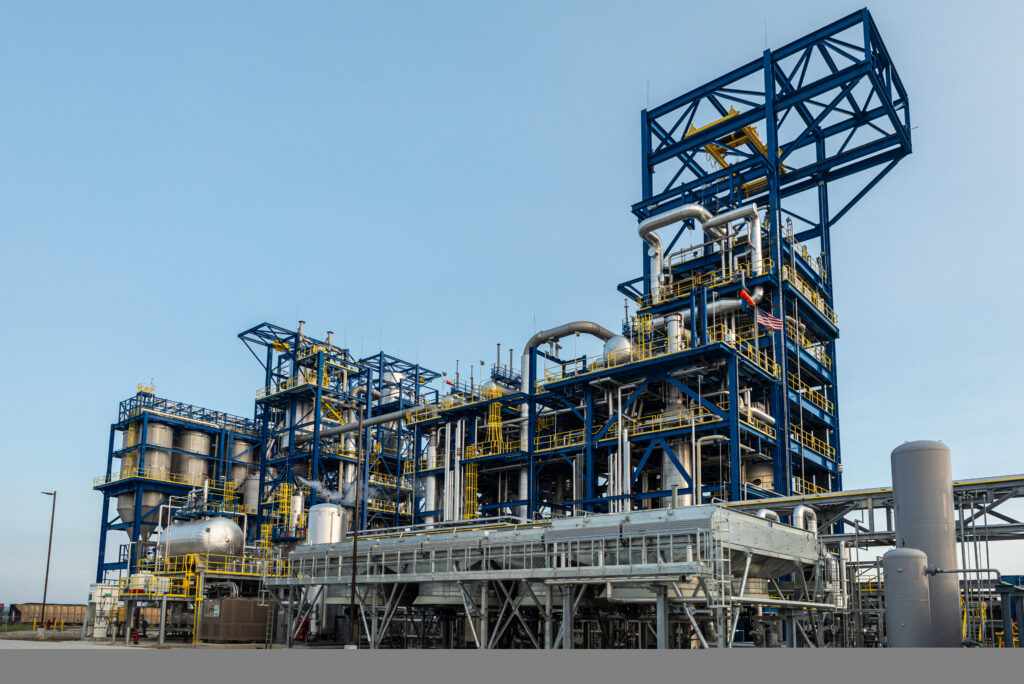

Climate Now: Apr 3, 2023
Making hydrogen and carbon black out of renewable natural gas
Renewable natural gas (RNG), made from the decomposition of organic waste like livestock manure, is not necessarily net-zero if it’s burned to run a turbine or drive a car. But what if the RNG is not burned, but is rather pyrolyzed, breaking it down in
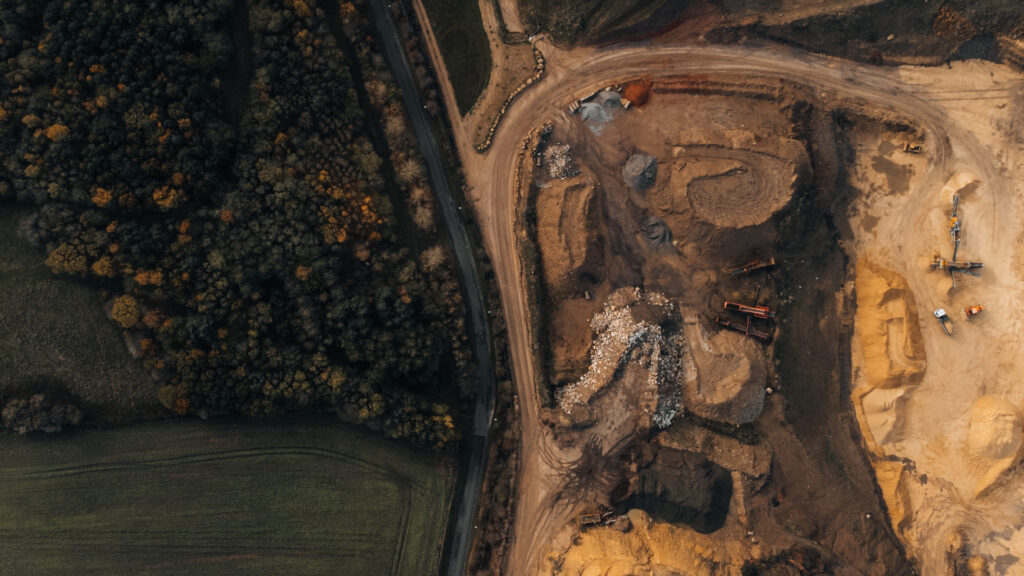

Climate Now: Mar 27, 2023
Minerals discovery and mining for the energy transition
As we transition to a clean energy economy, demand for minerals like copper, cobalt, nickel, and lithium is projected to skyrocket. According to a 2022 report from the International Energy Agency, the total mineral demand from clean energy technologies will


Climate Now: Mar 20, 2023
Decarbonizing a city with heat pumps and thermal energy networks
For a building owner, building decarbonization has myriad benefits: lower utility bills, lower maintenance, healthier and more comfortable living. But the barriers to reaching those benefits are large, particularly the high upfront costs and complicated renova


Climate Now: Mar 13, 2023
Net-zero cities: Making decarbonization work for everyone
Reducing average global temperatures. Preserving biodiversity. Decreasing the risk of droughts, floods and hurricanes. Reducing air pollution. Reducing utility bills. Creating new jobs and opportunities. Building community engagement. Fostering environmental e
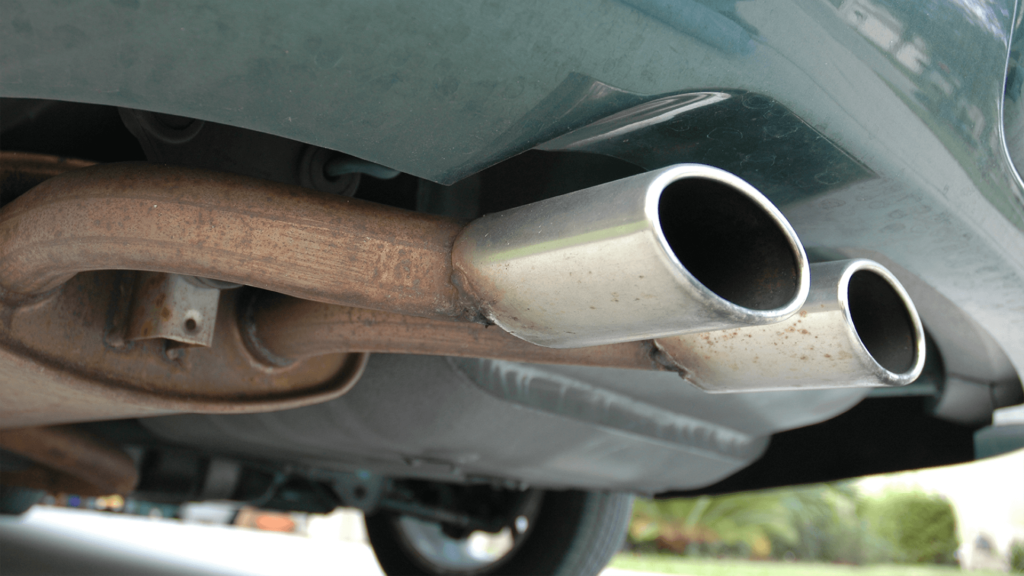

Climate Now: Mar 6, 2023
Low carbon fuel standards: what, why, and how?
On February 15, 2023, the U.S. Senate held a hearing considering a national clean fuels program, modeled after California’s state-wide Low-Carbon Fuel Standard (LCFS). The LCFS sets an annually decreasing standard of net carbon intensity (amount CO2 emission


Climate Now: Feb 27, 2023
The road to decarbonized trucking
2022 potentially marked a turning point for the U.S. electric vehicle (EV) market, with new EV car sales increasing by 65% over 2021 sales, and now accounting for nearly 6% of all new vehicle sales. (If EVs maintained a 65% annual growth rate, they would reach


Climate Now: Feb 20, 2023
Updates to the GHG protocol: Scope 1, 2, 3 and more?
More than one third of the world’s 2,000 largest publicly traded companies have made some kind of net-zero commitment, and the list is growing quickly. A critical part of those corporate plans will be securing cleanly sourced electricity for their energy nee
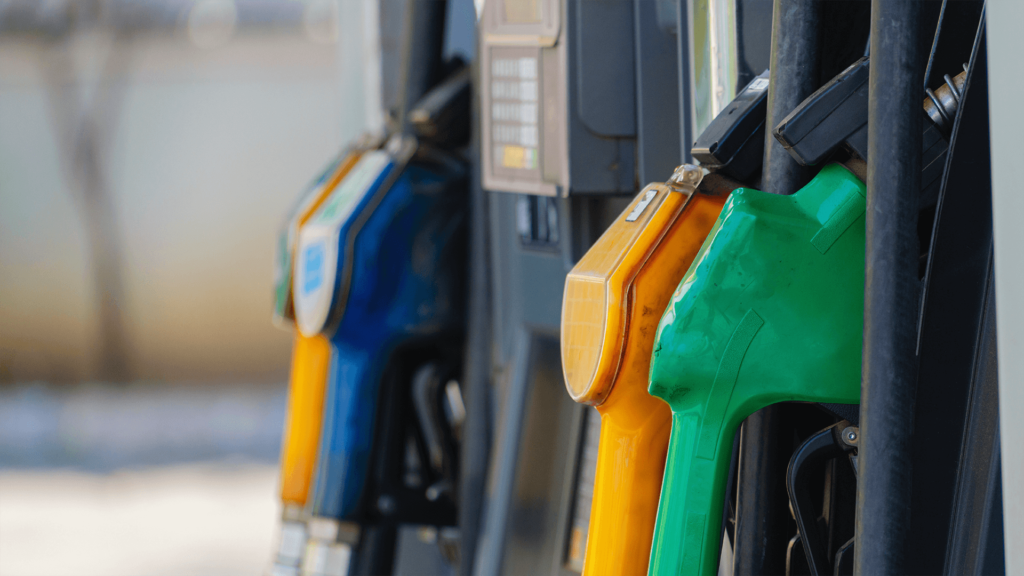

Climate Now: Feb 13, 2023
Decarbonizing diesel: cleaner fuels and engines
Electrification is going a long way in decarbonizing small vehicles (like passenger cars) in the global transportation sector, which produces about 16% of global emissions. But for long-haul transportation: trucking, shipping and the aviation industries, elect


Climate Now: Feb 6, 2023
How to decarbonize a city
In November 2021, the City of Ithaca announced the approval of a plan to decarbonize all of its buildings by 2030. In this first-of-its-kind decarbonization plan, Ithaca outlined a pathway to electrify roughly 6,000 homes and buildings as a first step to enact


Climate Now: Jan 30, 2023
Bill McKibben’s take on building a successful climate movement
On April 22, 1970, 20 million people across the U.S. marched, attended speeches and sat in teach-ins, marking the first Earth Day, and spurring on the enactment of the Clean Air Act, the Clean Water Act and the founding of the EPA, all of which occurred later
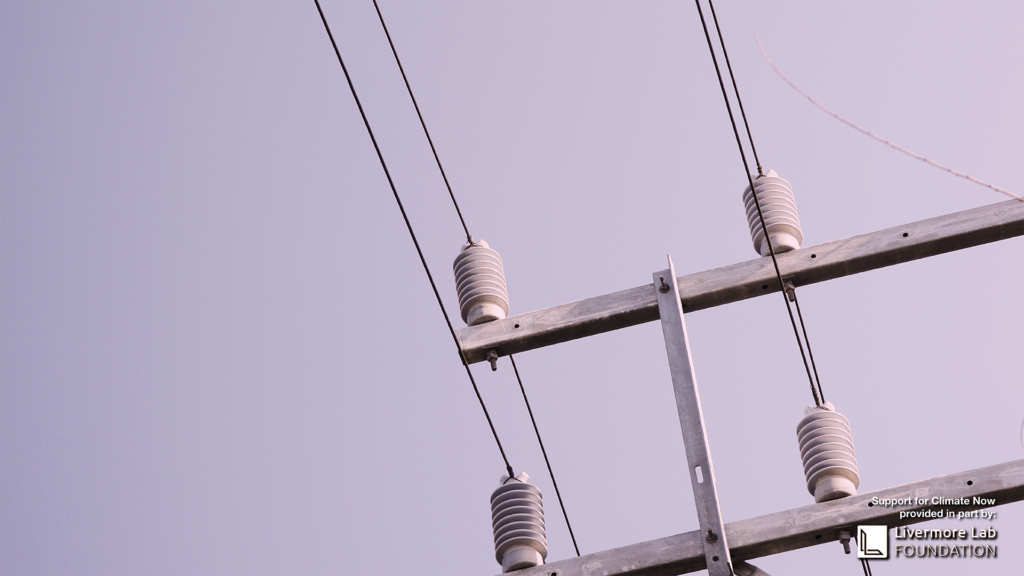

Climate Now: Jan 23, 2023
How to fix the clean energy bottleneck
In 2021, U.S. President Biden signed an executive order with the directive to achieve 100% carbon-pollution free electricity in the United States by 2030. The goal is certainly achievable: currently wind and solar are the cheapest forms of electricity generati
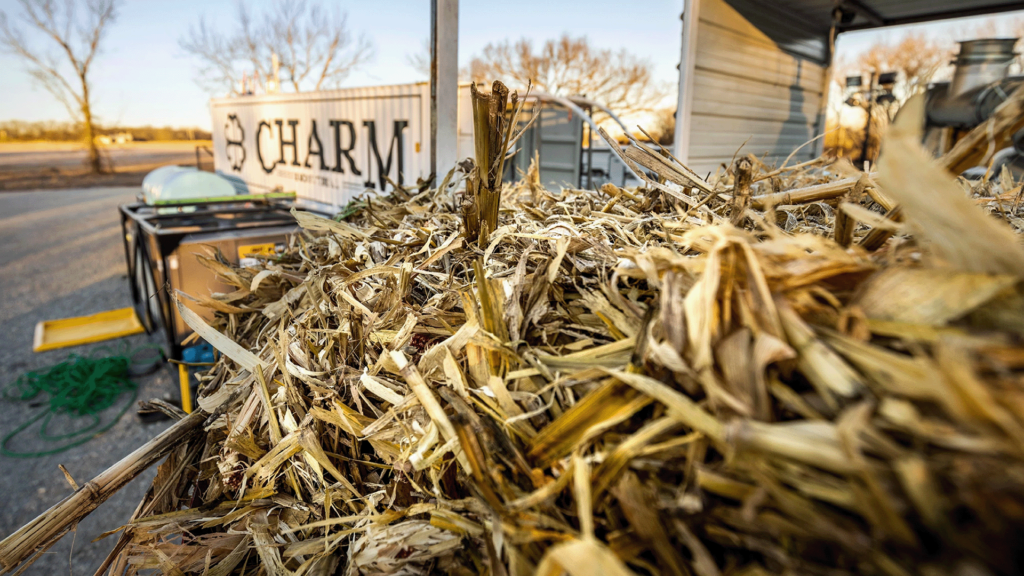

Climate Now: Jan 16, 2023
Farm to stable CO2 storage
The agricultural sector produces about a tenth of the world’s greenhouse gas emissions, and while most of that comes from livestock (about 2/3), emissions from crop production still total about 2.2 billion metric tons of CO2-equivalent. Interestingly, we onl
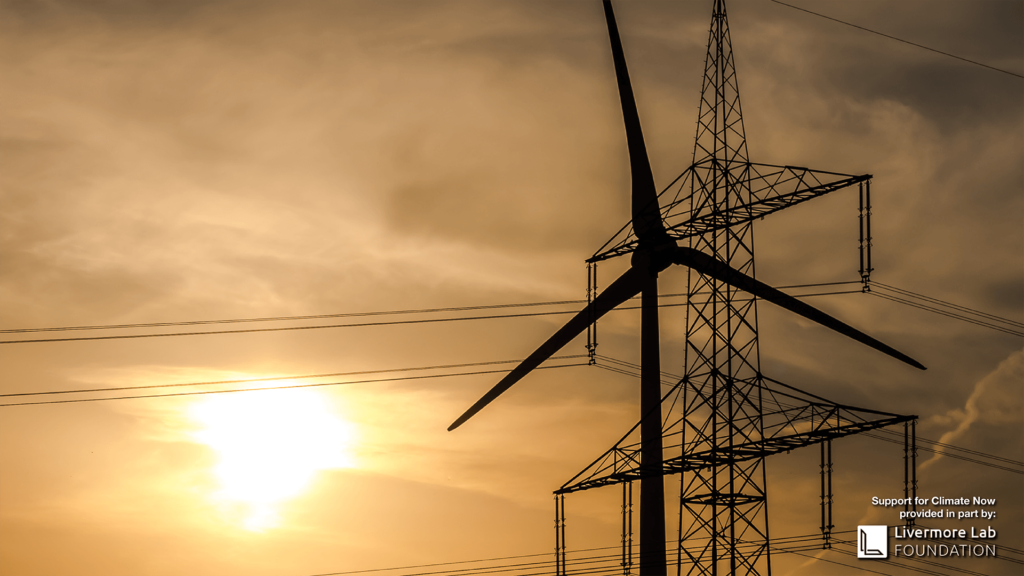

Climate Now: Jan 9, 2023
Inside the DOE: Understanding the role of the US Department of Energy in the energy transition
“We’ve built an entire industrial economy around a set of energy sources, and we’re now thinking about diversifying way beyond that. And that’s a big set of changes.” What will it take to diversify our energy economy, and how do we actual


Climate Now: Dec 22, 2022
Breaking the link between how much we consume and economic growth
The carbon footprint of stuff For the last two centuries, continuous economic growth (the increase in the quantity and quality of the economic goods and services that a society produces, per capita) has been recognized as the critical driver in the drastic
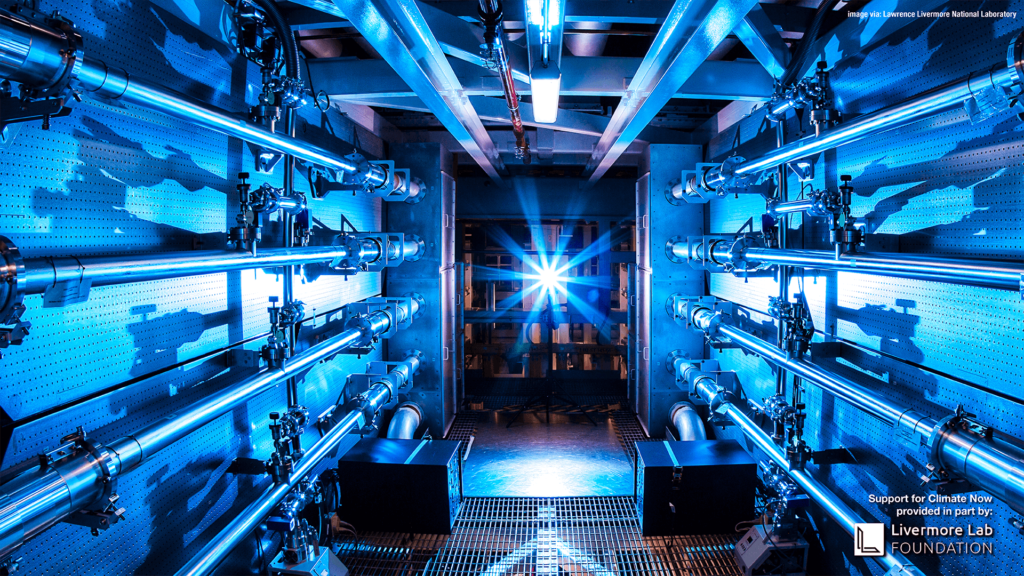

Climate Now: Dec 19, 2022
A star in the west was brightly shining…
Last week, LLNL’s National Ignition Facility successfully ‘ignited’ a nuclear fusion reaction equivalent to what takes place in the sun: the conversion of hydrogen to helium + energy. In a first, the experiment produced more energy than was
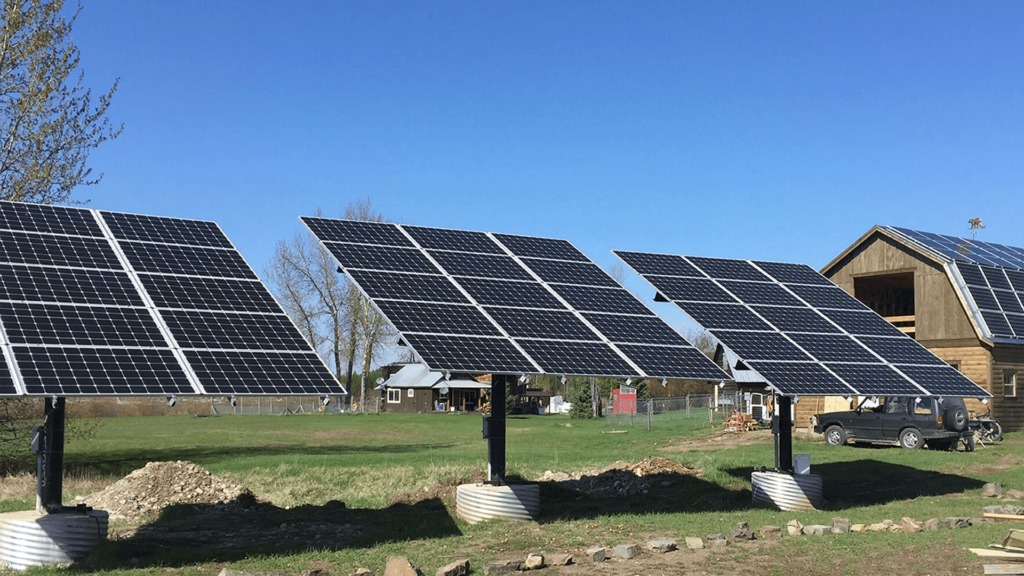

Climate Now: Dec 5, 2022
The role of microgrids in the energy transition
A micro-grid is a local grid. That means that energy generation occurs locally (no giant transmission lines) to support local energy demand, and it has the option to operate independently from a traditional regional power grid. These kinds of grids are attract
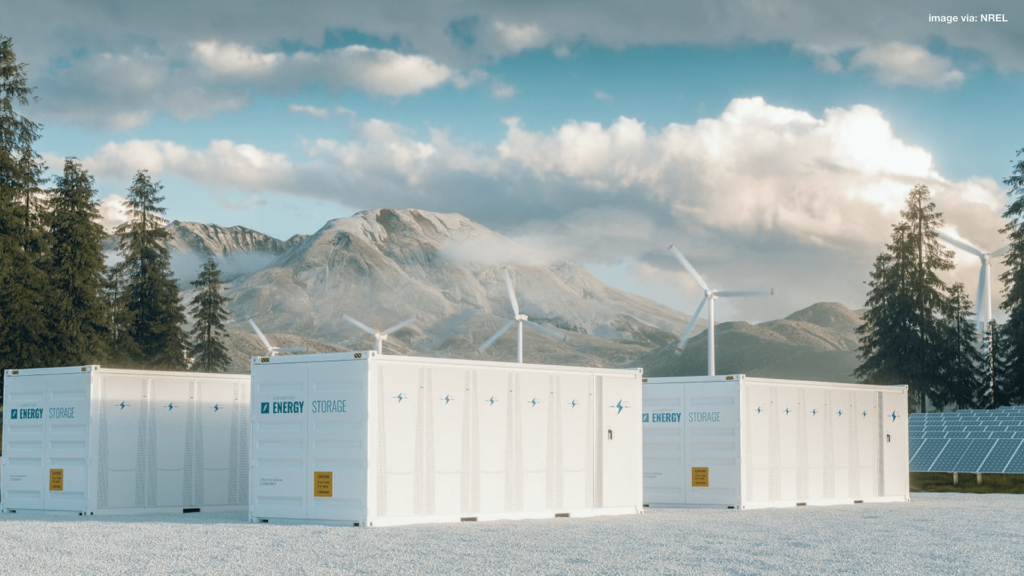

Climate Now: Nov 28, 2022
Battery power: the future of grid-scale energy storage
Renewable energy sources – wind and solar – have become the cheapest and fastest growing form of electricity generation. But the industry has not yet escaped the perennial criticism that keeps many from believing that the world could run entirely o